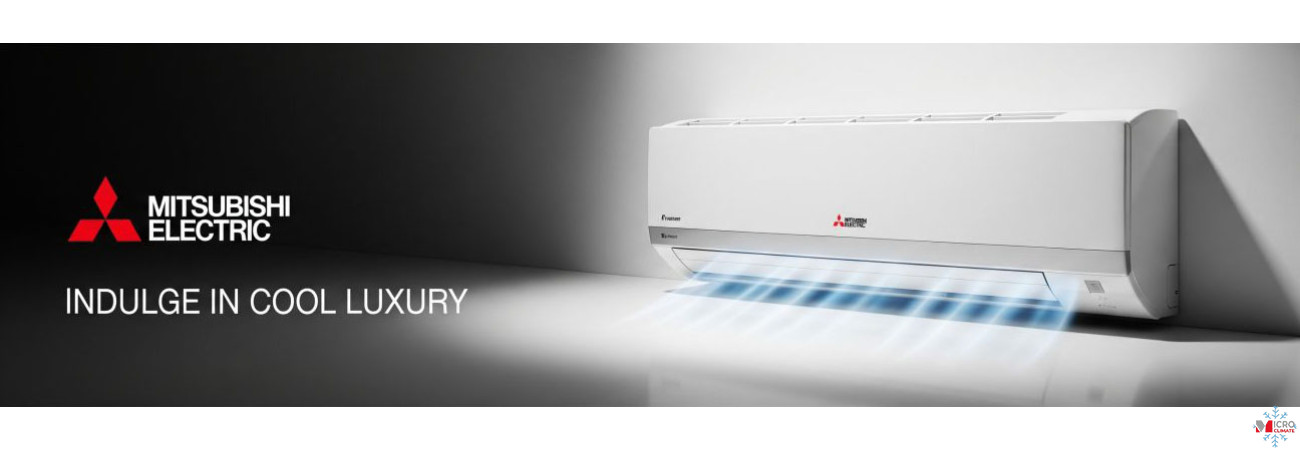
Preserving architectural heritage while meeting modern comfort standards is a key challenge in UK renovation projects.
From Georgian townhouses to Victorian offices, integrating HVAC systems requires precision engineering that respects building structure and aesthetics.
1. Ductless and Compact Systems
For heritage buildings where large ducts are impractical, VRF/VRV mini-systems or multi-split setups are ideal.
They require only small refrigerant lines (6–12 mm), minimising wall penetration and visual impact.
Brands such as Daikin, Mitsubishi, and GREE offer ultra-compact outdoor units suited for courtyards or rooftops.
2. Low-Noise Operation
Maintaining acoustic harmony in museums, libraries, and galleries is essential.
Choose inverter systems with indoor noise levels under 22 dB(A) and outdoor units with adaptive fan speed control.
3. Aesthetic Integration
Wall-mounted designer units like Daikin Stylish or Toshiba Haori can blend with historic interiors using neutral or custom finishes.
In concealed spaces, slim ducted or floor console units maintain comfort without visible modern equipment.
4. Structural Sensitivity
Older buildings often have limited ceiling voids and fragile masonry.
Refrigerant piping and drainage should follow existing cavities or service shafts to avoid structural alterations.
Flexible copper piping allows installation without damaging heritage features.
5. Energy Efficiency and Compliance
Modern inverter systems deliver A+++ efficiency while using low-GWP refrigerants such as R32.
Compliance with Part L Building Regulations and F-Gas certification ensures both environmental and legal alignment.
6. Control and Zoning
Historic buildings vary in occupancy and insulation.
Smart thermostats or central controllers with multi-zone capability maintain stable comfort while avoiding unnecessary heating/cooling in low-use areas.
Wireless controls eliminate the need for new cabling.
7. Ventilation and Air Quality
To preserve artefacts and finishes, humidity must remain between 40–60 %.
Energy-recovery ventilators (ERV) integrate with split or VRF systems, exchanging stale indoor air for fresh outdoor air while maintaining thermal balance.
8. Case Example
A Grade II-listed London townhouse retrofit combined Daikin Mini VRV S with wall-mounted indoor units finished to match the décor.
The project achieved 30 % lower energy use while maintaining the building’s original aesthetic integrity.
Conclusion
Installing HVAC systems in historical or renovated buildings requires a balance between technology and heritage preservation.
By using ductless inverter systems, low-GWP refrigerants, and smart controls, engineers can provide modern comfort without compromising architectural value.




